Bill D. (VA)
Silver Member
Got an invite from my good buddy Stan to come up his way yesterday and check out a new colonial site where he had secured permission to dig out any privies and trash pits that may be on the property. But after probing and digging a few test holes without much success we decided to head back to his old standby site to dig in a very large and early pit. We initially started out where we left off last winter, but we quickly ran out of the use layer and needed to find another spot. We probed around a bit and both of us found areas that seemed to be promising with heavy crunchiness down as far as our probes would reach. We were already a bit tired after all the digging we had done earlier in the day, but we decided to push ourselves to the limit. We ended up with the usual large, deep pits but impending darkness forced us to finish our sifting and fill the holes back in even though both pits still had plenty of artifacts left to dig. We both were able to recover early bottle seals which is one of the primary goals we have each time out. My previous seals from this site were monogrammed and dated (early 1700s), but the two I dug yesterday have what appears to be family crests or coat of arms showing instead. I need to find a good website so I can ID these, but from my brief web research I believe one of them is from the Chicheley family (the one on the left in the pic showing both of them cleaned up). The seal was likely from a personalized bottle belonging to Sir Henry Chicheley who was a prominent gentleman in the late 1600s, and who also served as the lieutenant governor of VA from 1678-82. So that makes this a pretty cool find if I'm right about the ID. Not sure about the other one, but it may be a variation of the same family crest based on some info I saw online. The pit I was digging in seemed quite early based on these seals as well as the black glass bottle parts that had the wide, flat flange around the spout. These probably date to around 1660-80 per some of my reference books, and are a bit older than the usual pancake onion frags we find here that date to between 1690 and 1710. I also found 3 complete pipe bowls and a number of stems (including one that was marked that I’m researching) as well as some other assorted pottery. I also found my first decorative tin-glazed tile shards which also date to the 1600s. So all-in-all it was back-breaking but very fun day digging in the colonial pits. Can't wait to get back out there again soon.
Attachments
-
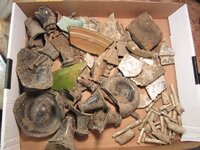 122812a.JPG271 KB · Views: 236
122812a.JPG271 KB · Views: 236 -
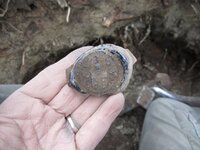 122812c.JPG123.3 KB · Views: 246
122812c.JPG123.3 KB · Views: 246 -
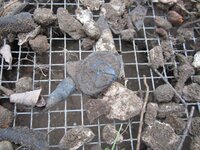 122812d.JPG246.7 KB · Views: 204
122812d.JPG246.7 KB · Views: 204 -
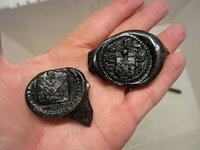 122812b.JPG119.3 KB · Views: 291
122812b.JPG119.3 KB · Views: 291 -
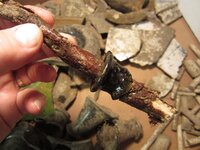 122812e.JPG133.5 KB · Views: 193
122812e.JPG133.5 KB · Views: 193 -
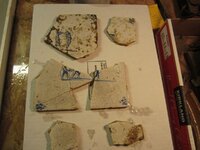 122812h.JPG133.4 KB · Views: 225
122812h.JPG133.4 KB · Views: 225 -
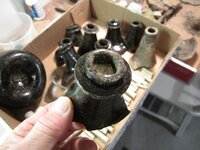 122812g.JPG122 KB · Views: 192
122812g.JPG122 KB · Views: 192 -
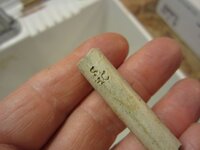 122812i.JPG76.3 KB · Views: 179
122812i.JPG76.3 KB · Views: 179 -
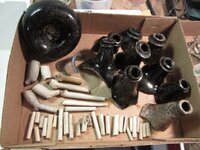 122812f.JPG167.8 KB · Views: 186
122812f.JPG167.8 KB · Views: 186
Last edited:
Upvote
2











